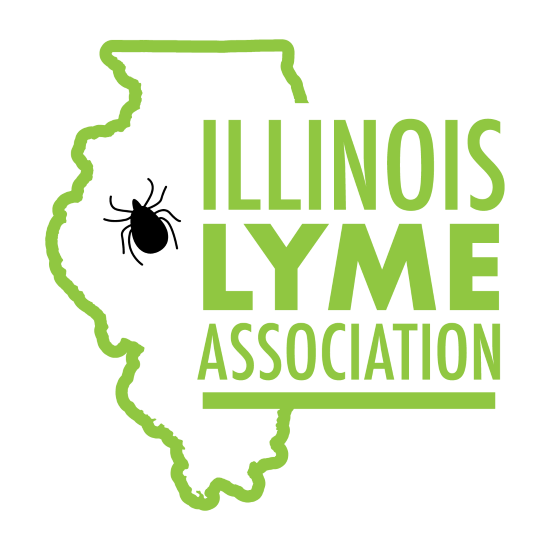Detection of Borrelia spirochetes in Autopsy specimens: validation and a case study
Provisionally accepted The final, formatted version of the article will be published soon. Notify me
Monica E. Embers1, 2*, Shiva Gadila2, Gorazd Rosoklija3, Andrew J. Dwork3 and Brian A. Fallon3*
1Immunology, Tulane University, United States
2Tulane National Primate Research Center, School of Medicine, Tulane University, United States
3Columbia University, United States
The complex etiology of neurodegenerative disease has prompted studies on multiple mechanisms including genetic predisposition, brain biochemistry, immunological responses and microbial insult. In particular, Lyme disease is often associated with neurocognitive impairment with variable manifestations between patients. We sought to develop methods to reliably detect Borrelia burgdorferi, the spirochete bacteria responsible for Lyme disease, in autopsy specimens of patients with a history of neurocognitive disease. In this report, we describe the use of multiple molecular detection techniques for this pathogen and its application to a case study of a Lyme disease patient. The patient had a history of Lyme disease, was treated with antibiotics, and years later developed chronic symptoms including dementia. The patient’s pathology and clinical case description was consistent with Lewy body dementia. B. burgdorferi was identified by PCR in several CNS tissues and by immunofluorescent staining in the spinal cord. These studies offer proof of the principle that persistent infection with the Lyme disease spirochete may have lingering consequences on the CNS.
Keywords: Lyme, Borrelia, Dementia, Immunofluorescent, PCR, RNA in situ hybridization, Lewy body
Received: 10 Nov 2020; Accepted: 13 Apr 2021.
Copyright: © 2021 Embers, Gadila, Rosoklija, Dwork and Fallon. This is an open-access article distributed under the terms of the Creative Commons Attribution License (CC BY). The use, distribution or reproduction in other forums is permitted, provided the original author(s) and the copyright owner(s) are credited and that the original publication in this journal is cited, in accordance with accepted academic practice. No use, distribution or reproduction is permitted which does not comply with these terms.
* Correspondence:
Dr. Monica E. Embers, Tulane University, Immunology, New Orleans, 70433, LA, United States, members@tulane.edu
Dr. Brian A. Fallon, Columbia University, New York City, 10027, New York, United States, baf1@cumc.columbia.edu
